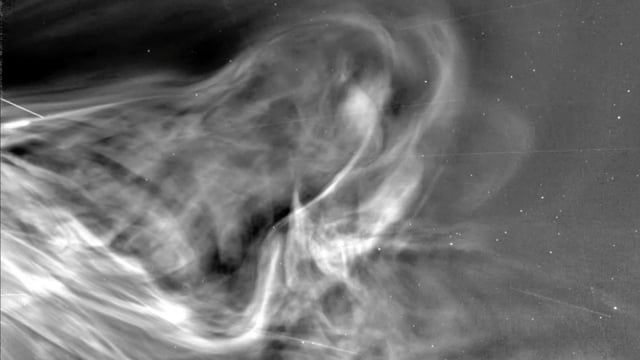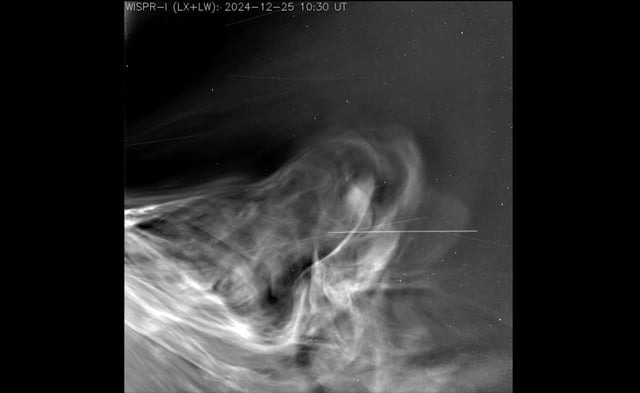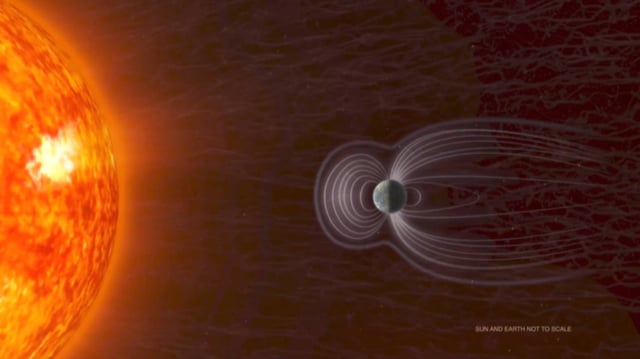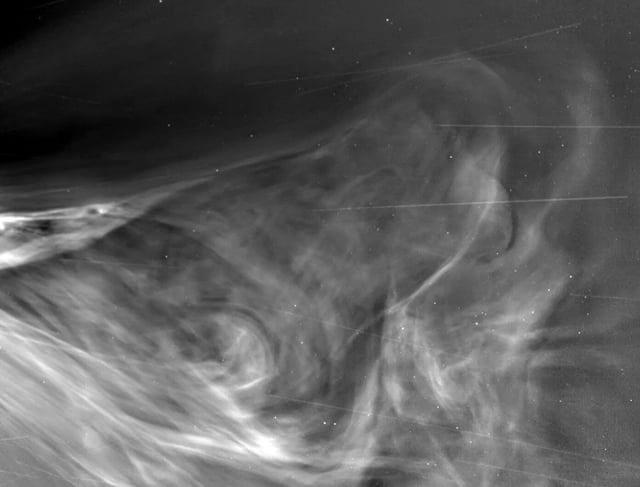Overview
- Parker Solar Probe’s December 24, 2024 flyby brought it within 3.8 million miles of the Sun, making it the closest spacecraft ever to penetrate the corona.
- The probe’s Wide-Field Imager for Solar Probe recorded high-resolution views of multiple coronal mass ejections piling up and merging in the Sun’s outer atmosphere.
- Instruments detected clustered magnetic switchbacks—zigzag field reversals—when the spacecraft reached as close as 14.7 million miles, revealing they occur more frequently than expected.
- NASA officials say these unprecedented observations of colliding CMEs and switchbacks will enhance predictions of solar storms to protect astronauts and technology on Earth.
- As scientists analyze the July-released data, Parker Solar Probe remains on course for its next perihelion on September 15, 2025, to gather further insights into the origins of solar wind.



